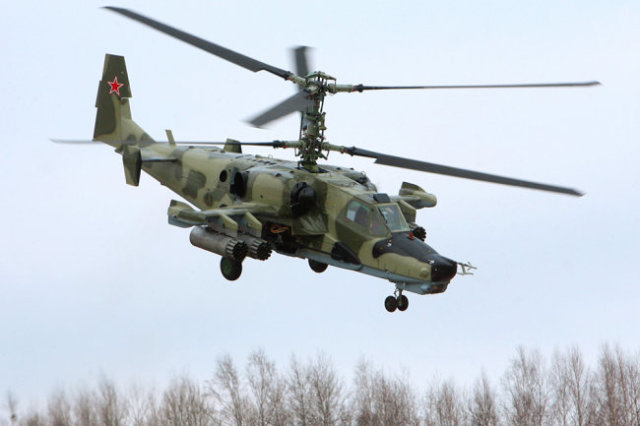On January 6, 2001, two Ka-50 helicopters, better known as the "Black Shark", took off from the Severny airfield in Grozny for the first combat mission.
The story of the commissioning of this rotorcraft has been greatly delayed. After all, its prototype began flying back in 1982. But the changes that began in the USSR, and then the collapse of the country, postponed bringing the helicopter to a reliable working model. The first serial samples were received by the Air Force after the Ka-50 was put into service, which happened only in August 1995.
However, the testing and fine-tuning of the machines at the airbase in Torzhok continued. Finally, in 1999, they decided to test them in combat conditions. In December 2000, a combat strike group (BUG) was created consisting of two Ka-50s (tail numbers 24 and 25), as well as one Ka-29 helicopter. On New Year's Eve, BUG arrived in Chechnya.
Emergency security measures were taken at the Severny airfield, as it became known that the terrorists had promised a large monetary reward to those who would destroy these machines. The helicopters were hidden behind an earthen rampart and installed round-the-clock security. The pilots themselves lived nearby in army tents.
It took several days for test flights to explore the area. It turned out that the Ka-50 flies perfectly in the mountains: the coaxial arrangement of the propellers made it resistant to unexpected gusts of wind - a real disaster for many rotorcraft. In addition, the helicopter easily maneuvered in the gorges, when meeting with the peaks, it quickly gained altitude almost in an upright position.
The armored glass of the cockpit and the armored floor reliably protected the pilot and important units from shelling from the ground. Even before being sent to Chechnya, the pilots worked out the use of a 30-mm 2A42 cannon, unguided S-8 missiles and ATGM "Whirlwind" at the training ground. Already on the first sortie, one of the Ka-50s (tail number 25) fired missiles at a militant position identified by the crew of the Ka-29, which performed the functions of reconnaissance and targeting. However, this day was not without incidents. On the way back, the pilot of the "twenty-fifth" felt a vibration and made an urgent landing in Khankala. It turned out that one of the blades was hit by fragments. It had to be replaced.
A pair of Ka-50s, both accompanied by heavy Mi-24 helicopters and without their participation, made 121 sorties until February 14, 2001. The last days of the Ka-50 were spent in free hunting, independently searching for targets. The machine has fully confirmed its combat effectiveness and reliability. And at the same time she got a nickname: for the angular shapes there she was nicknamed "suitcase".
In 2009, the Ka-50 was discontinued due to the appearance of a more advanced Ka-52, which is the development and continuation of the best developments of the "Black Shark".
Oleg Galitsky






